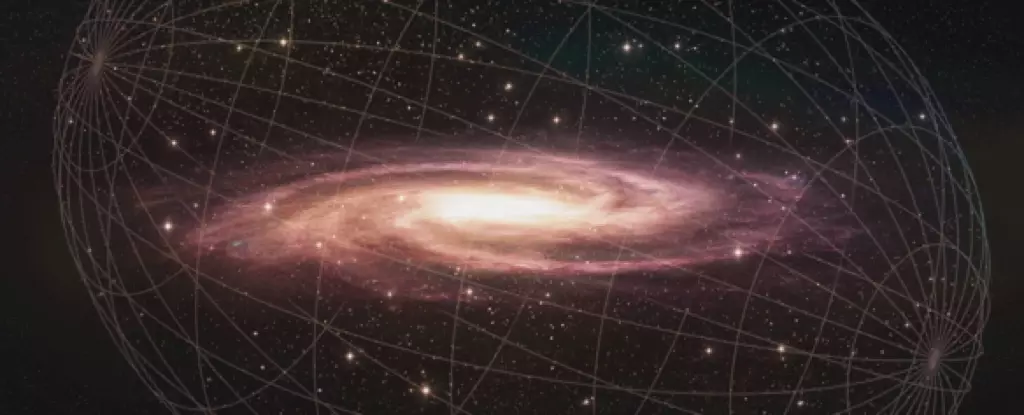The Milky Way, our home galaxy, is surrounded by a mysterious population of tiny dwarf galaxies that have captured the attention of astronomers. Recent discoveries of two new dwarf galaxies, Virgo III and Sextans II, have raised questions about the existing models of dark matter and the expected number of satellite galaxies orbiting the Milky Way. This influx of new data challenges our understanding of the cosmic neighborhood we reside in.
Astronomers have long suspected the presence of numerous dwarf galaxies that orbit the Milky Way due to the gravitational influence of dark matter. However, the discovery of Virgo III and Sextans II, along with previously identified satellites, has resulted in a total of nine satellites in a specific region of space. This contradicts the predictions made by current models, leading to a ‘too many satellites’ problem. The excess of dwarf galaxies in this area has puzzled researchers, causing them to reconsider their assumptions about the distribution of satellite galaxies in the vicinity of the Milky Way.
Dark matter, an enigmatic substance that pervades the Universe, plays a crucial role in shaping the dynamics of galaxies like the Milky Way. The gravitational effects of dark matter contribute to the acceleration of galactic rotation and the formation of satellite galaxies. Existing models based on dark matter predict the presence of a significantly larger number of dwarf galaxies than have been observed so far. This discrepancy highlights the limitations of our current understanding of dark matter and its implications for the population of satellite galaxies in our cosmic environment.
Exploring New Observational Techniques
To address the unexpected abundance of dwarf galaxies in the HSC-SSP footprint, astronomers are turning to advanced observational tools like the Hyper Suprime-Cam (HSC) Subaru Strategic Program (SSP). By scrutinizing specific regions of space with high precision, researchers aim to uncover the true distribution of satellite galaxies around the Milky Way. The discovery of Virgo III and Sextans II underscores the need for continuous observations using more powerful telescopes to map out the cosmic landscape accurately.
The current ‘too many satellites’ dilemma presents a unique challenge to astronomers investigating the cosmic web of dwarf galaxies surrounding the Milky Way. While existing models provide valuable insights into the expected population of satellite galaxies, discrepancies like those observed in the HSC-SSP footprint call for a reassessment of our theoretical frameworks. The upcoming Vera C. Rubin Observatory in Chile offers a promising opportunity to expand our observational capabilities and shed light on the true abundance of dwarf galaxies in the vicinity of the Milky Way. As researchers continue to explore the mysteries of dark matter and dwarf galaxies, new discoveries and insights are poised to reshape our understanding of the cosmos.


Leave a Reply